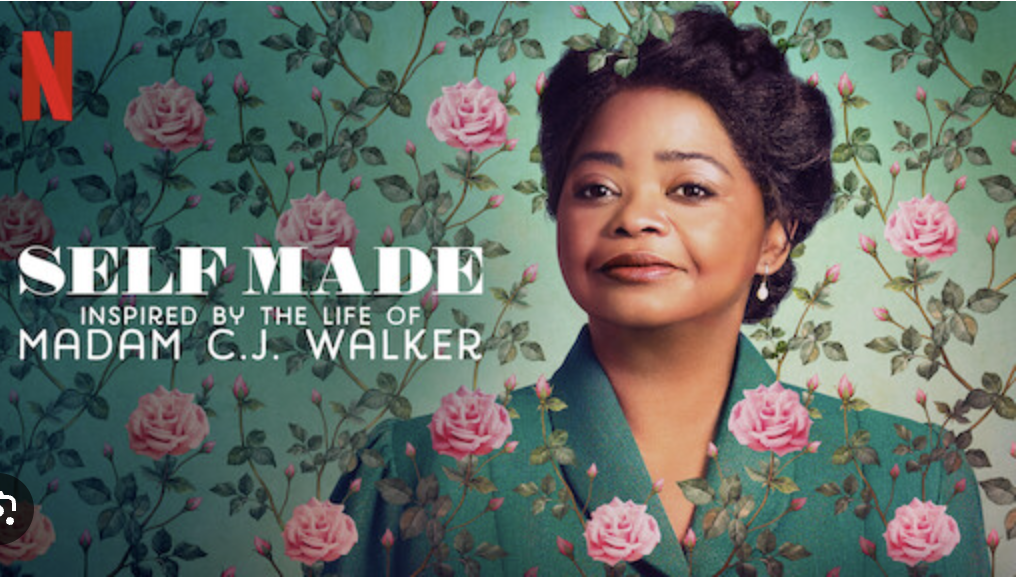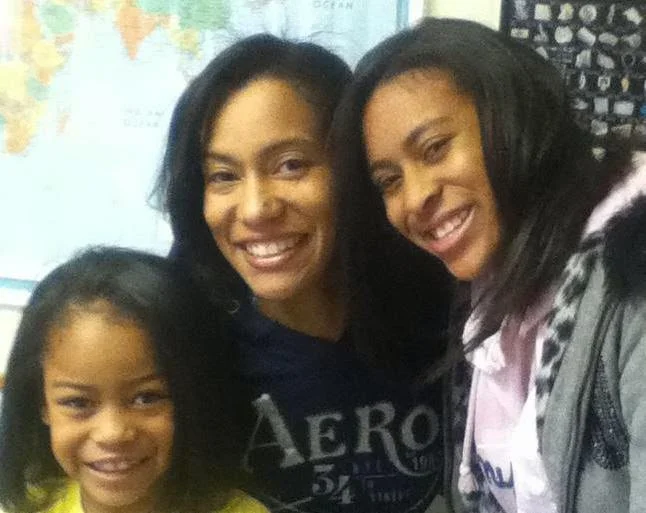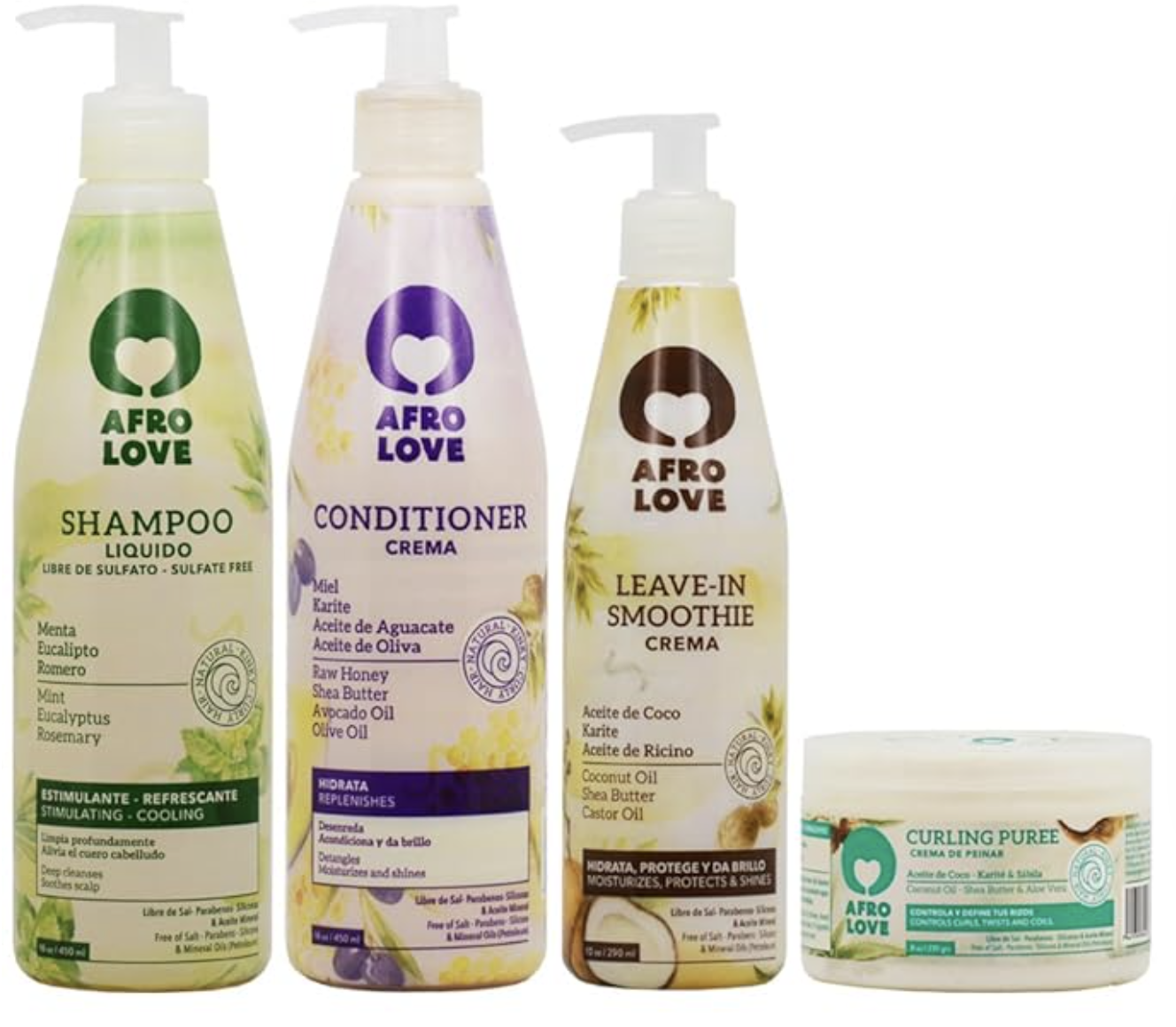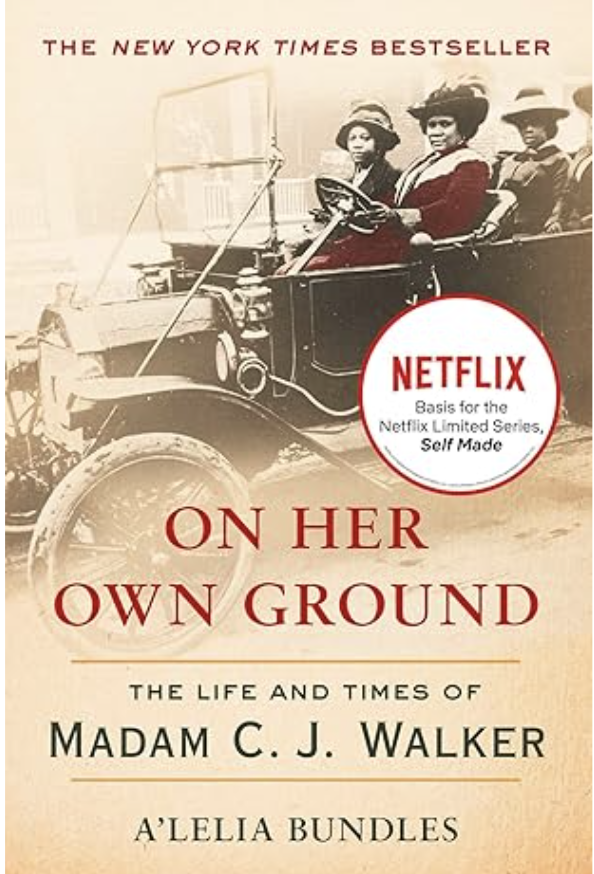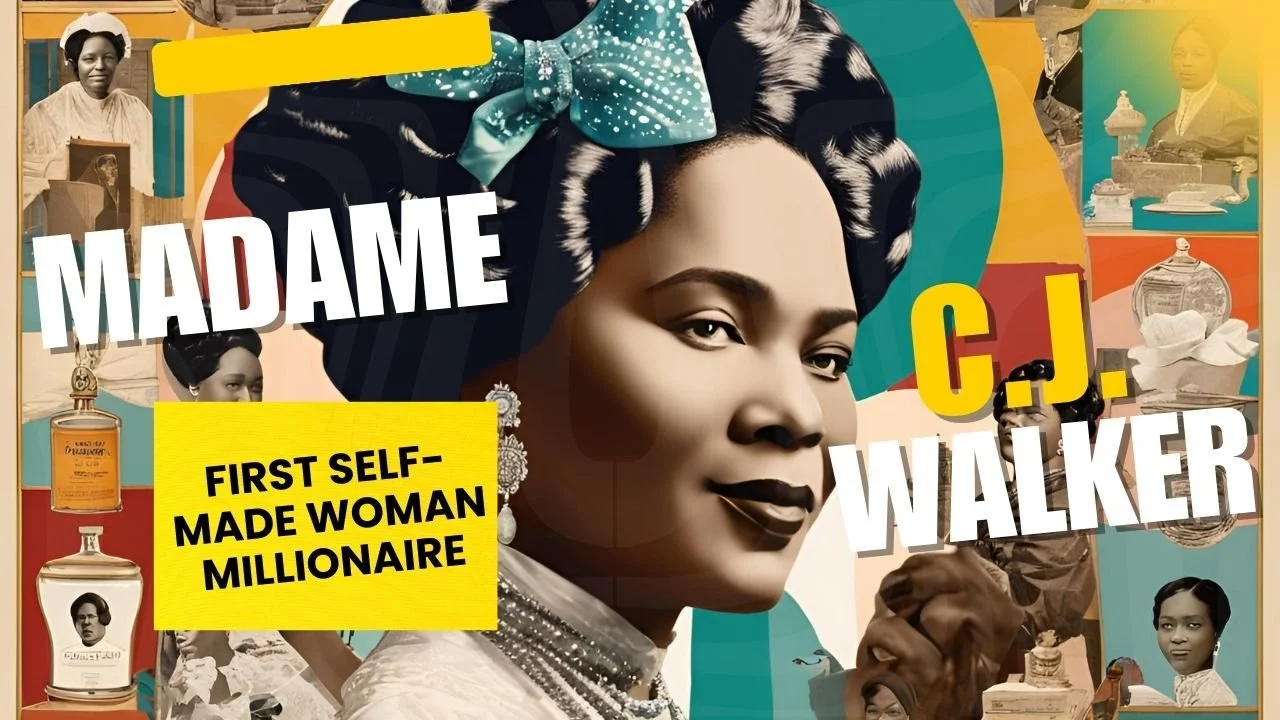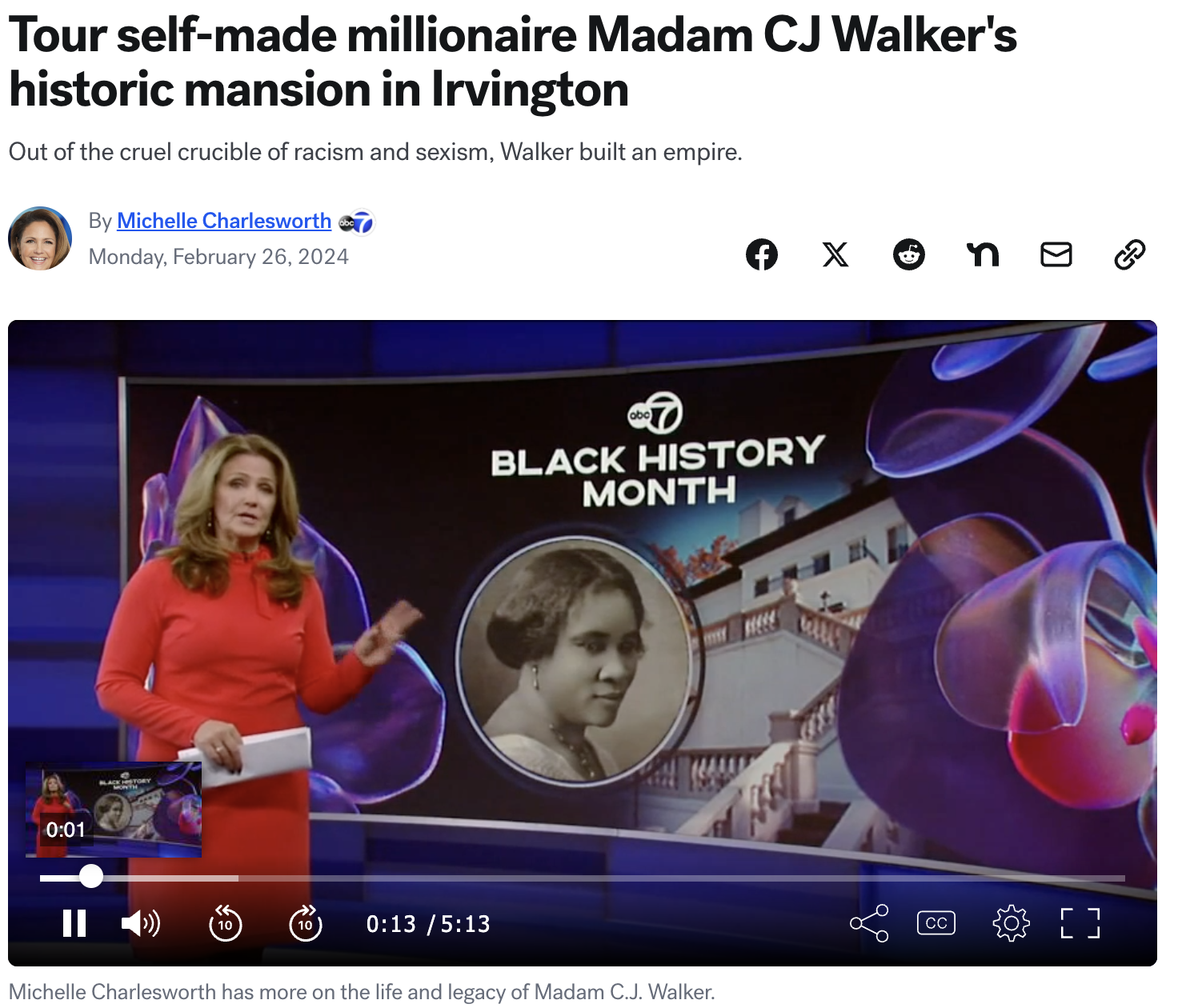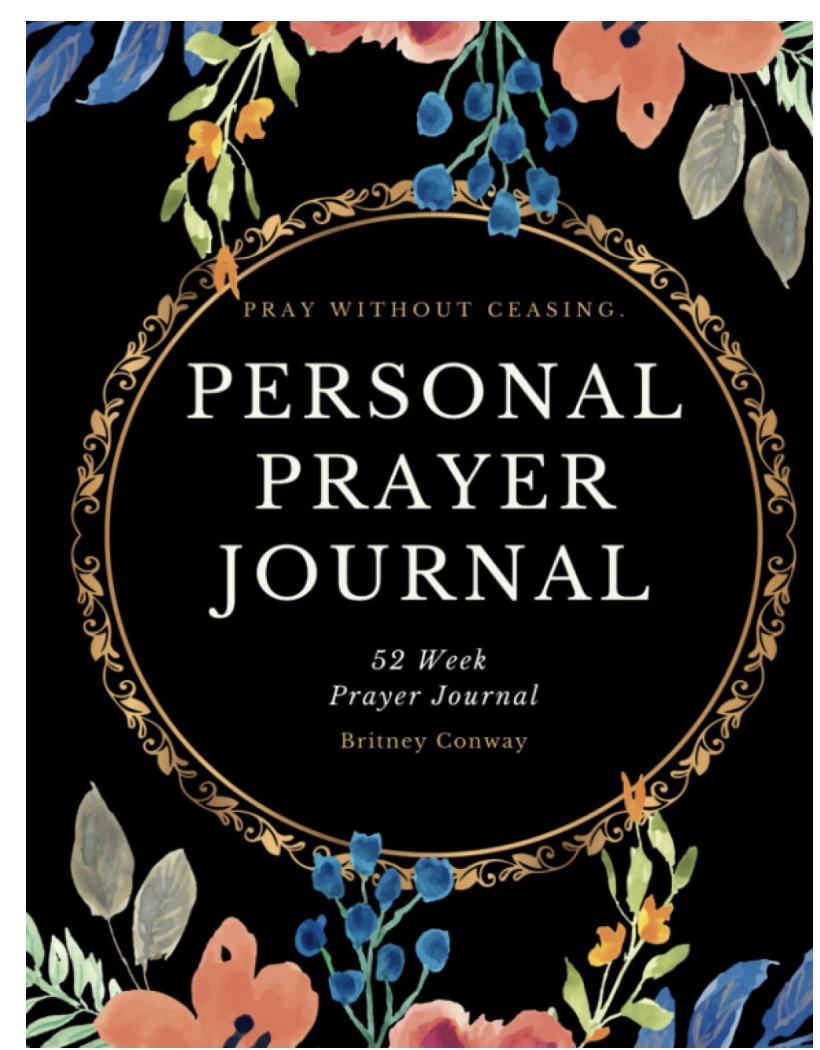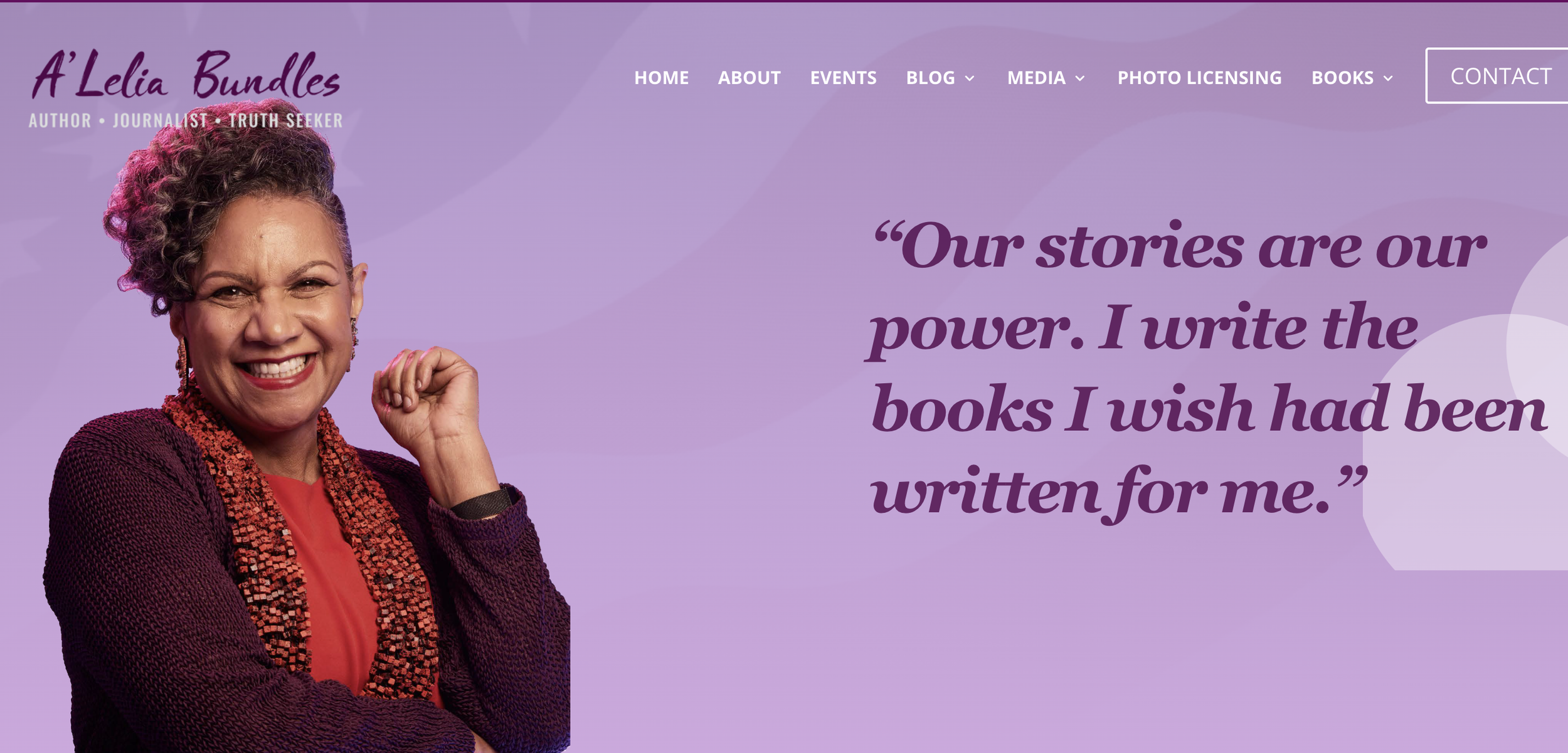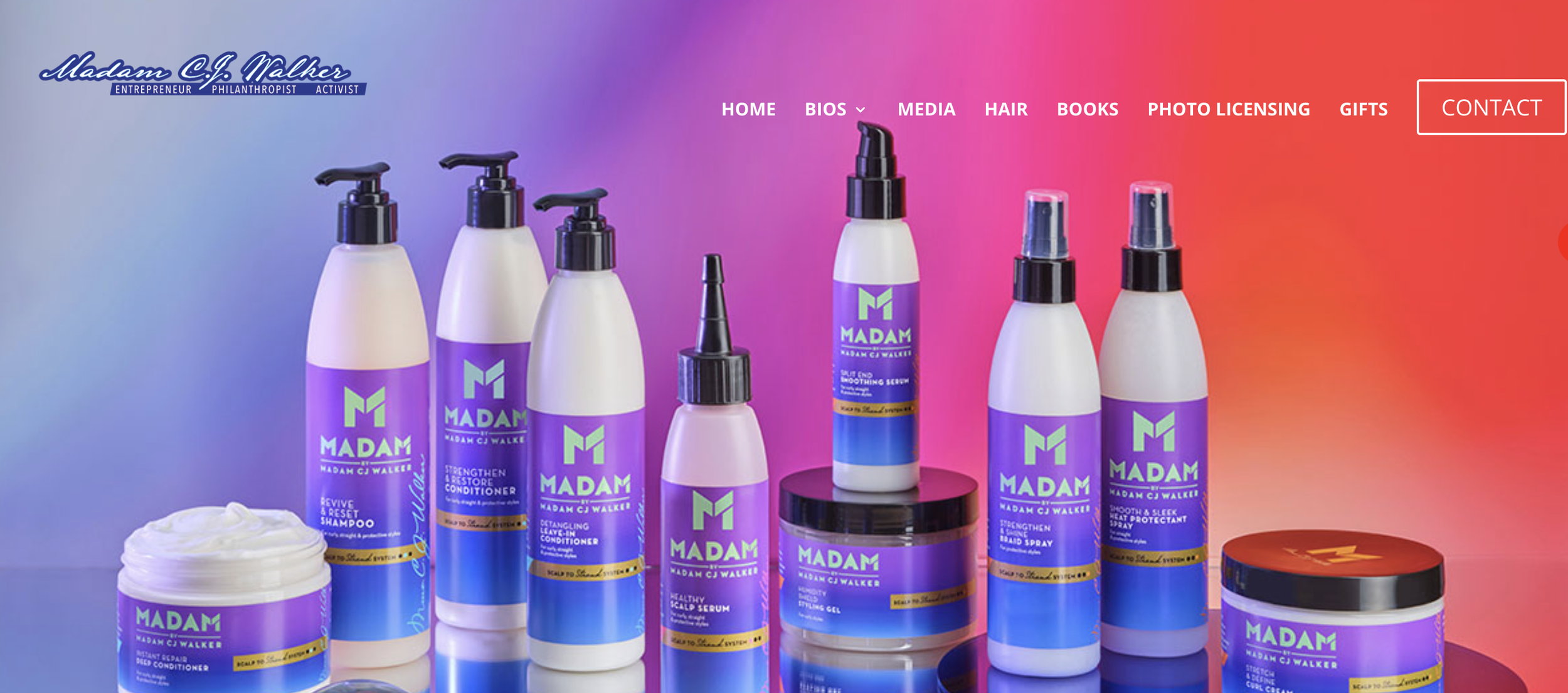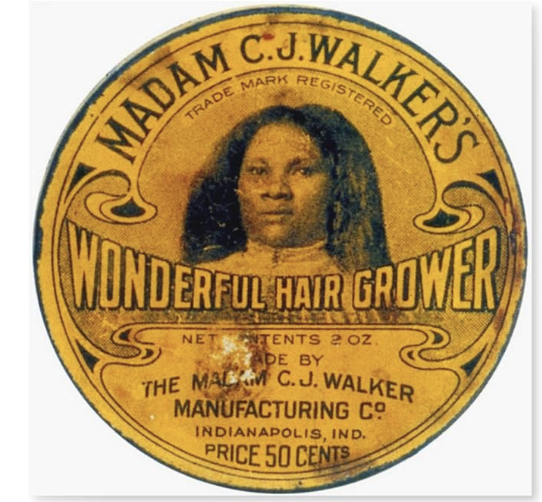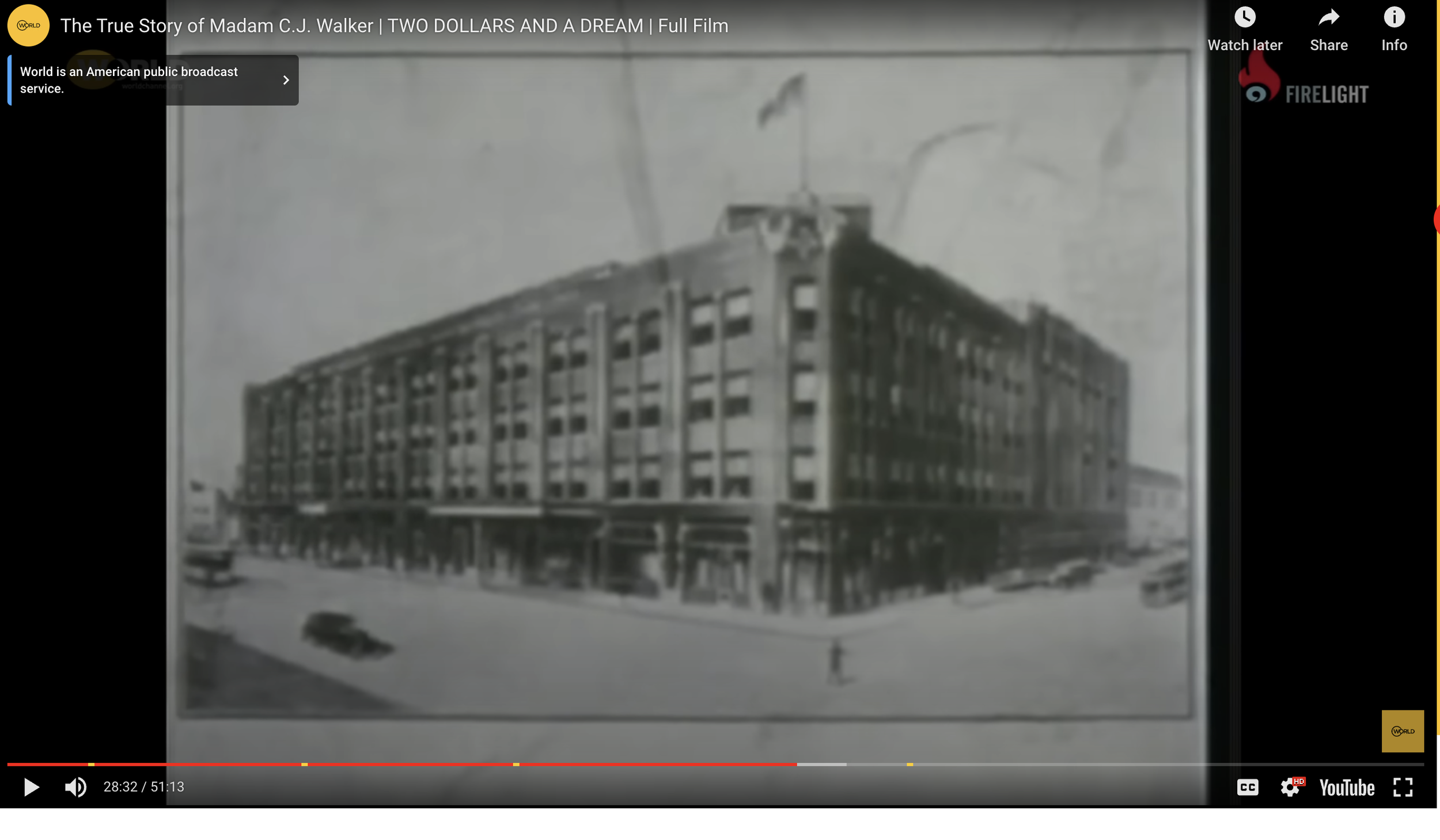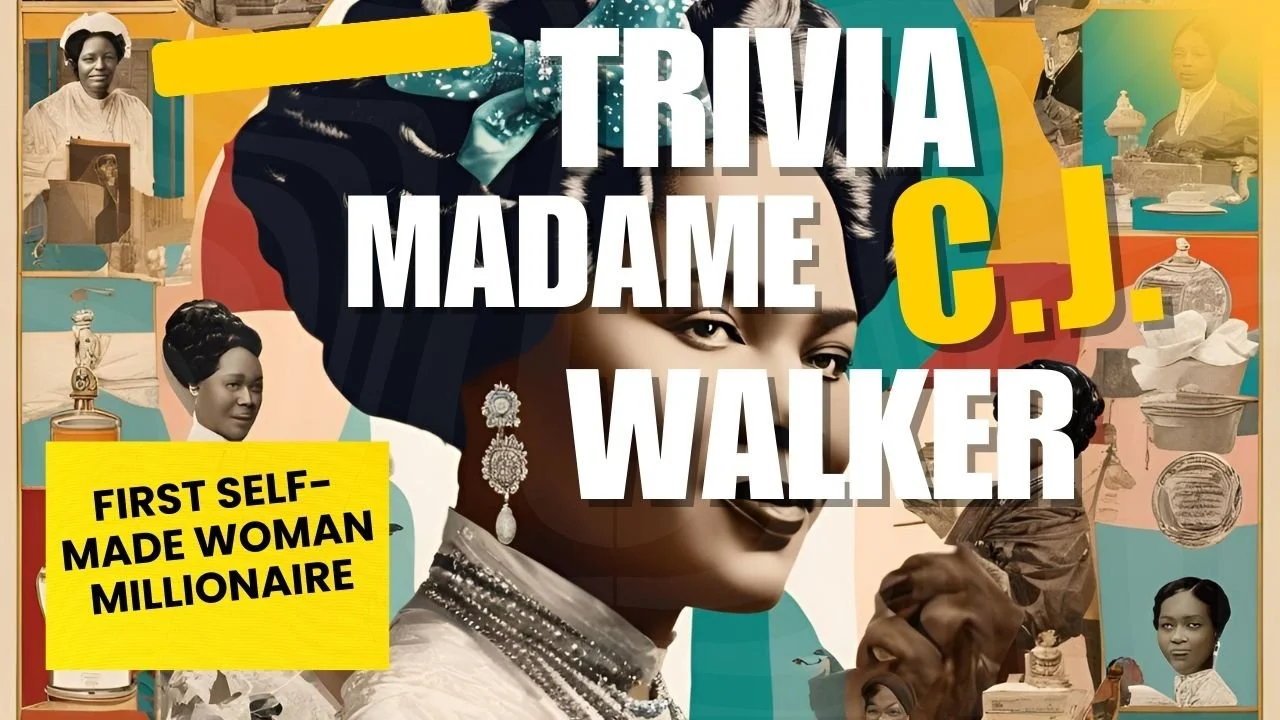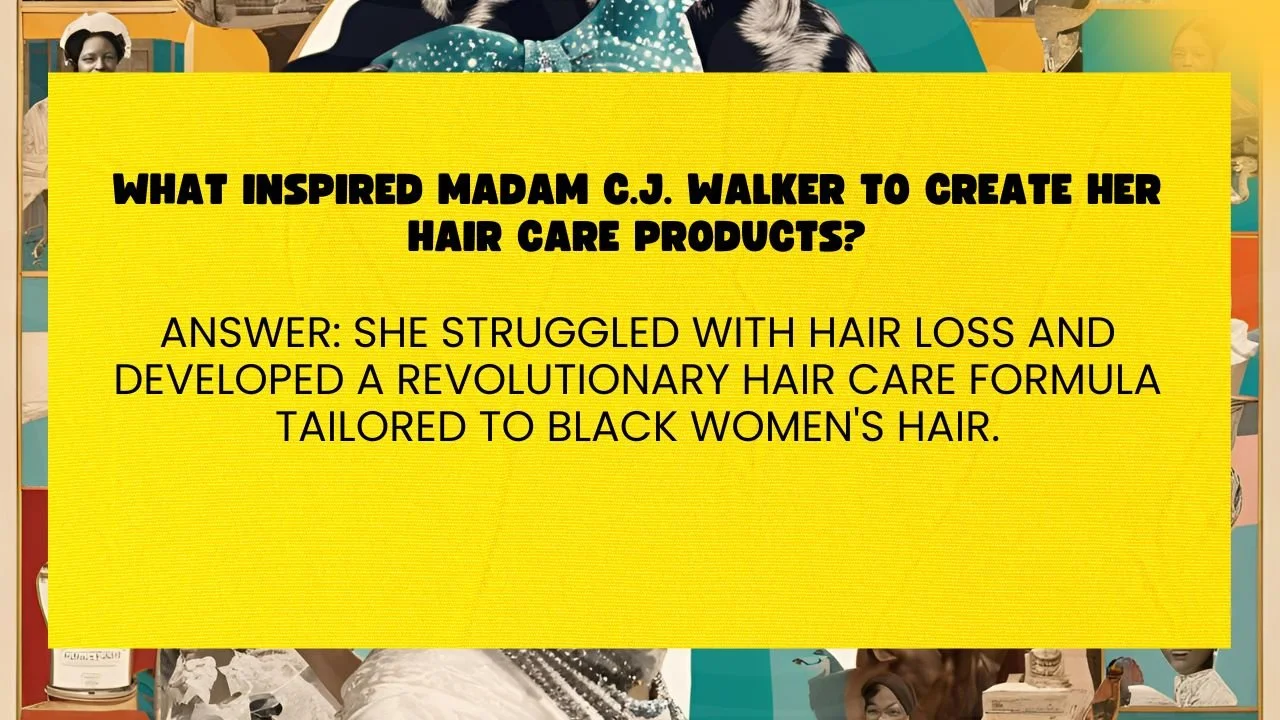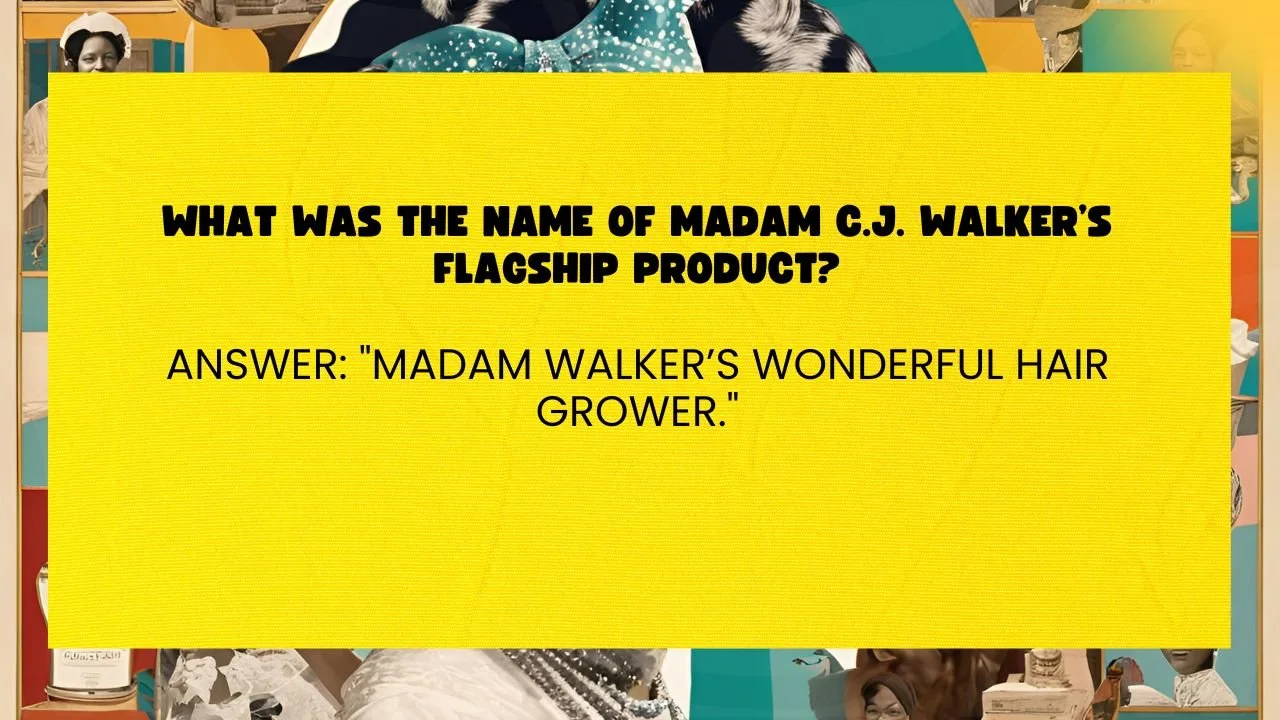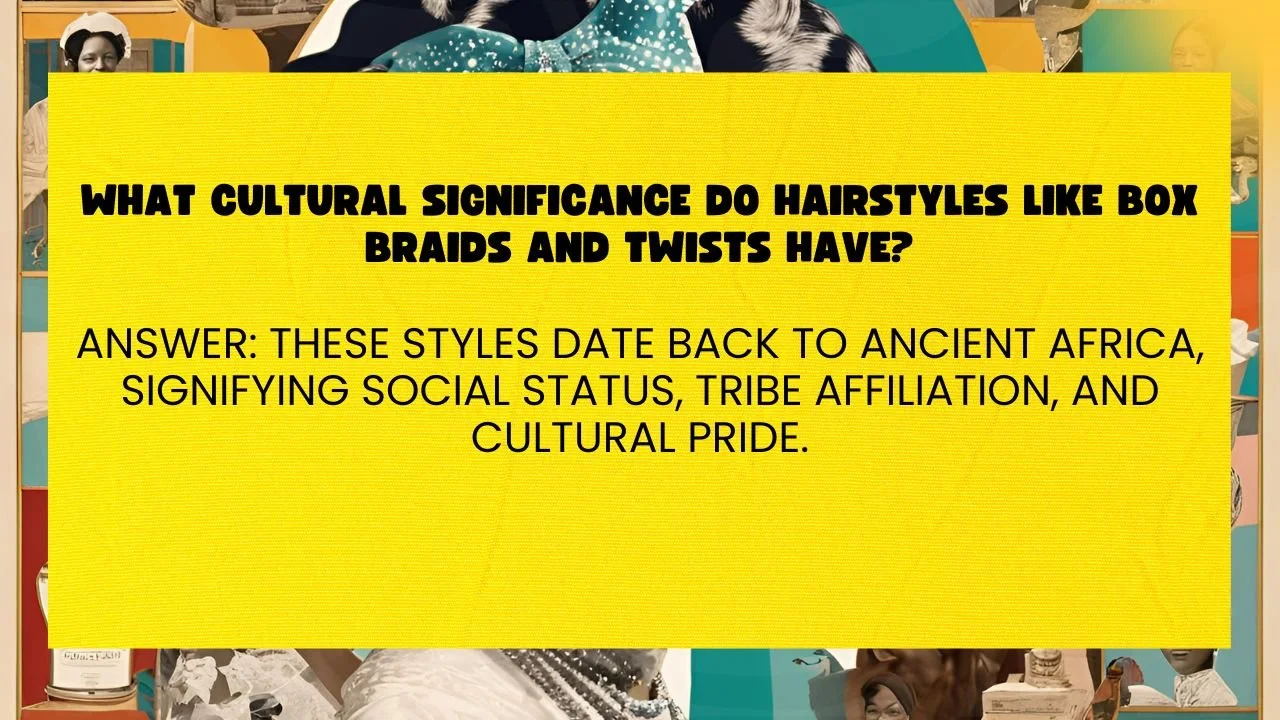Madam C.J. Walker: Pioneering an Industry and Empowering Generations
From Straight to Curly: A Journey Through Hair and Culture
From as far back as I can remember, hair has been one of the most defining aspects of appearance—especially in my Dominican upbringing. I was born with straight, jet-black hair, or as it’s often called in our culture, "Chinese hair." It was so silky that even tying it up with a bow was a challenge. But that silky hair came with its own struggles. Each year, like clockwork, I seemed to attract lice, much to my mom’s frustration. I still vividly recall her desperate attempts to get rid of them, all while trying to avoid the watchful eyes of school officials. One year, she’d had enough. Out came the scissors and, shockingly, a can of roach spray. Yes, roach spray. Don’t judge her—she was doing her best with what she knew. I survived, and I’m fine now (I promise!), but that incident marked a turning point for my hair.
Me and my girls after getting our hair straightened. The standard for beauty is straight hair, at least it was in the Dominican Republic. Up to now I see that in professional places such as banks, women wear their hair straight.
The chemicals transformed my once-pin-straight locks into thick, curly hair—a whole new texture that redefined how I cared for it. My mom’s solution to manage it? Braiding. My hair needed to stay out of my face, so I spent hours sitting still as she tugged, twisted, and styled. It hurt at first, but eventually, I got used to it. Later, as a mother myself, I found myself repeating the same routine with my daughters, carefully pulling their hair into styles while teaching them—without saying it outright—that their hair was important.
Freedom to me is allowing my curly locs to blow in the wind. Here, I am in Jamaica.
Grease became my best friend, along with three or four other products to tame and style their thick, coily hair. I knew what society expected of us—especially in Miami, where sleek, straight hair was the standard for special events and appearances. Yet I wanted to subtly show my daughters that their natural, puffy hair was beautiful. I never told them outright, but the way I styled my own hair—whether curly, wavy, or straight—taught them that our hair is versatile and resilient.
Moving to Alabama was a revelation. For the first time, I realized that no one cared how my hair looked, and if they did, it was to compliment it. My curls, once straightened to meet societal norms, were now admired. I realized then that my hair was a crown—a style others paid good money to imitate. Over the years, I’ve tried different looks, including locs (more on that in another blog post), and through it all, I’ve come to appreciate the power and beauty of my hair.
Afro Love is a hair line formulated free of salts, sulfates, parabens, formaldehyde, dea, colorants, mineral oils and silicones. Created for natural, afro or transition hair. The line combines a special mixture that stimulates, refreshes, hydrates, nourishes and protects your hair, providing shine, definition and silkiness to each strand.
Quality should never be a compromise.
Afro Love products are made with natural occurring, organic ingredients that are healthy for you and for the planet.
Ideal for 3B to 4C curls.
Hair is deeply tied to identity and culture, and as a teacher, I want to pass that understanding to my students. For me, educating them about the importance of Black hair is essential, and there’s no better way to start that conversation than by sharing the story of Madame C.J. Walker—a pioneer who revolutionized how Black hair is cared for and celebrated.
Madam C.J. Walker, born Sarah Breedlove in 1867, was a trailblazer in the beauty industry, a philanthropist, and a cultural icon whose legacy continues to inspire millions. Rising from poverty to build a thriving hair care empire for Black women, Walker’s life and work remain a testament to resilience, innovation, and empowerment. She is widely recognized as the first African American female self-made millionaire in the United States, despite her own humble denial of this title. At the time of her death in 1919, her estate was valued between $600,000 and $1,000,000—equivalent to approximately $8 million today. Her journey from washerwoman to mogul is nothing short of extraordinary.
The daughter of formerly enslaved parents, Sarah Breedlove—who would become known as Madam C. J. Walker—was orphaned at seven, married at fourteen, and widowed at twenty. She spent the better part of the next two decades laboring as a washerwoman for $1.50 a week. Then—with the discovery of a revolutionary hair care formula for black women—everything changed. By her death in 1919, Walker managed to overcome astonishing odds: building a storied beauty empire from the ground up, amassing wealth unprecedented among black women, and devoting her life to philanthropy and social activism. Along the way, she formed friendships with great early-twentieth-century political figures such as Ida B. Wells, Mary McLeod Bethune, W.E.B. Du Bois, and Booker T. Washington.
Building a Hair Care Empire
Walker’s entrepreneurial journey began with a personal challenge: hair loss. After struggling to find effective solutions tailored to Black women’s hair, she developed her own line of products. Her flagship creation, “Madam Walker’s Wonderful Hair Grower,” became the cornerstone of her business.
Walker’s innovative business model included a network of “Walker Agents,” Black women trained to sell her products while embodying her philosophy of independence and self-reliance. She also established:
A laboratory and beauty school in Indianapolis for training beauty culturalists.
A factory in Pittsburgh to produce her growing line of products.
Educational initiatives that empowered women to build careers and financial independence through her business.
Her products and training programs revolutionized beauty standards and economic opportunities for Black women, fostering a culture of empowerment that extended far beyond hair care.
Philanthropy and Community Impact
Walker’s success enabled her to give back to her community in transformative ways. She was a dedicated philanthropist, contributing to organizations like the NAACP, the Black YMCA, and other social causes. She funded scholarships for women at Tuskegee Institute and was an advocate for racial equality and women’s empowerment.
Her generosity reflected her deep commitment to uplifting her community, ensuring that her success would pave the way for others to rise.
The Beauty of Black Hair: A Celebration of Culture and History
Madam C.J. Walker’s work was rooted in Black hair care, an industry with deep cultural and historical significance. Black hair has always been more than just hair; it’s a statement of identity, creativity, and resilience. Here are some fascinating aspects of Black hair and its rich history:
Cornrows
Cornrows are an ancient hairstyle with roots in Africa, dating back thousands of years. These intricate braids lie close to the scalp and can be styled in various patterns. During the transatlantic slave trade, enslaved people often used cornrows to maintain their heritage and even as maps for escape routes. Certain designs represented paths to freedom or contained seeds woven into the hair for planting in the New World.
Protective Styles
Protective hairstyles, such as twists, braids, and locs, are designed to shield natural hair from environmental damage and reduce breakage. These styles allow Black hair to grow and thrive while embracing its natural texture. Examples include:
Braids: From box braids to micro braids, these styles date back to ancient Africa and signify everything from social status to tribe affiliation. Today, braids are a symbol of cultural pride.
Twists: Created by dividing the hair into sections and twisting two strands around each other, twists are versatile and can be styled into buns, ponytails, or worn loose.
Locs (Dreadlocks): A natural style where hair matts together over time, locs have spiritual and cultural significance in many African traditions.
Hair Straightening
In the early 20th century, many Black women straightened their hair to align with societal beauty standards and navigate systemic racism in professional spaces. This practice reflected the pressures of assimilation but also sparked resistance, leading to the natural hair movement of the 1960s and beyond.
Afros and the Natural Hair Movement
The Afro became a powerful symbol of pride and resistance during the Civil Rights Movement. Today, natural hairstyles celebrate the beauty and versatility of Black hair while rejecting societal norms that stigmatize its texture.
Fun Facts About Black Hair
Hair as Communication: In Africa, hairstyles conveyed messages about social status, age, religion, and marital status. For instance, unmarried women often wore elaborate styles to signal their availability.
Wigs in Ancient Egypt: Egyptians crafted wigs from human hair and other materials, showcasing their advanced knowledge of hairstyling.
Modern Innovations: Black entrepreneurs continue to innovate, with products like edge control, silk wraps, and bonnet caps becoming staples in hair care routines.
Hair in Film and Media: Hairstyles like cornrows and box braids have gained global recognition, thanks to celebrities and influencers celebrating their heritage.
Madam C.J. Walker’s Lasting Influence
Walker’s legacy lives on in the thriving Black beauty industry, now valued at billions of dollars. Brands like SheaMoisture, Carol’s Daughter, and Mielle Organics owe their foundations to her pioneering vision. Her commitment to empowering women through beauty, business, and education set a standard that resonates today.
Discover Reinaldo's captivating book about his mischievous childhood adventures in Panama! Perfect for all ages, Rey’s Transcontinental Tale is a must-read, especially for English Language learners, featuring attached vocabulary to enhance learning. Don’t miss out—stay tuned for his second book and an exciting Spanish reader coming soon!
Madam C.J. Walker proved that hair care could be a vehicle for social change, economic empowerment, and cultural pride. Her story reminds us that beauty goes beyond appearance—it’s about confidence, identity, and the power to uplift a community.
Conclusion
Madam C.J. Walker’s journey from washerwoman to business mogul encapsulates the spirit of determination and innovation. Her contributions to hair care, philanthropy, and social justice have left an indelible mark on history. As we celebrate her achievements, let’s also honor the enduring beauty and cultural significance of Black hair—a testament to resilience, creativity, and pride that continues to inspire generations.

